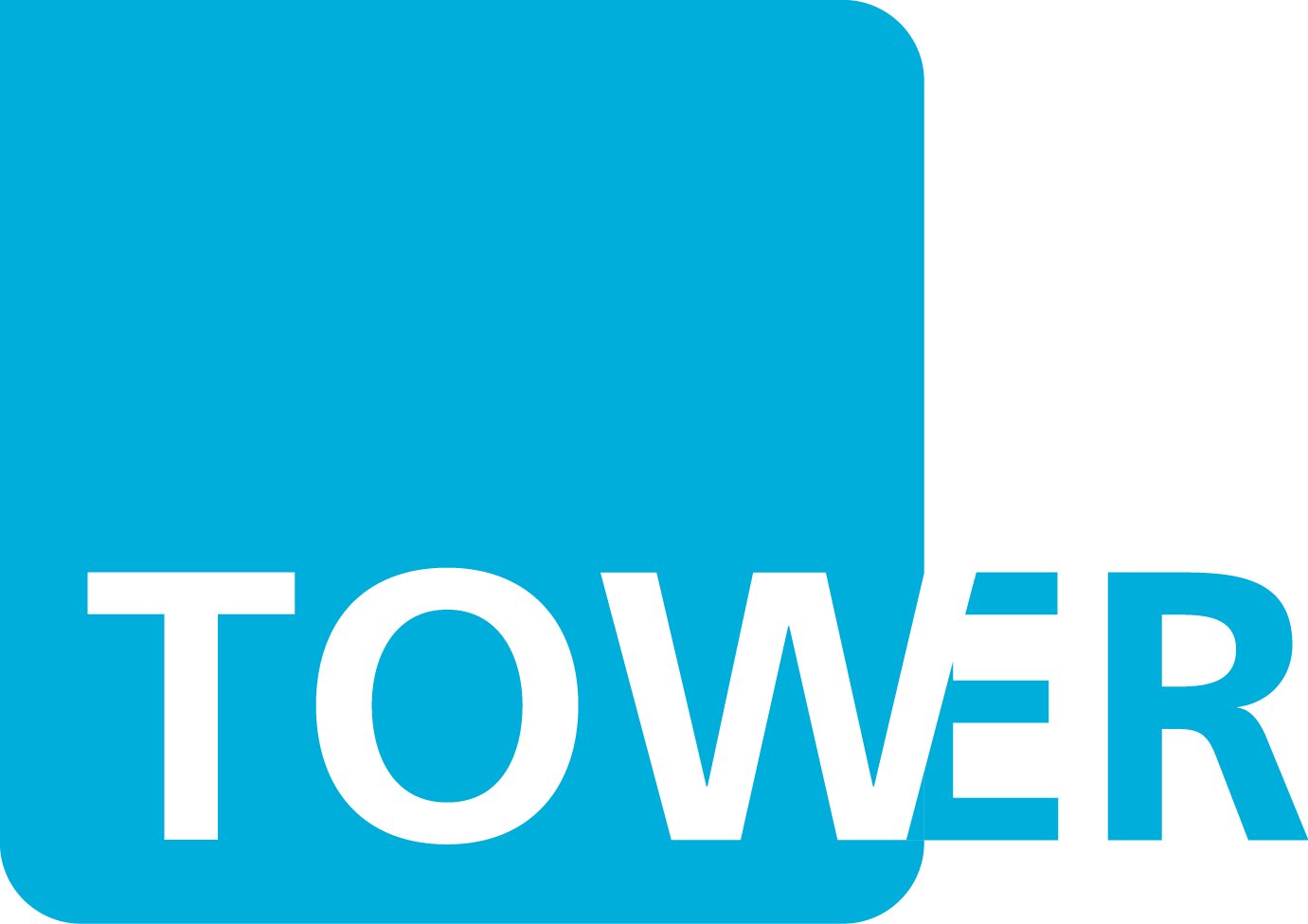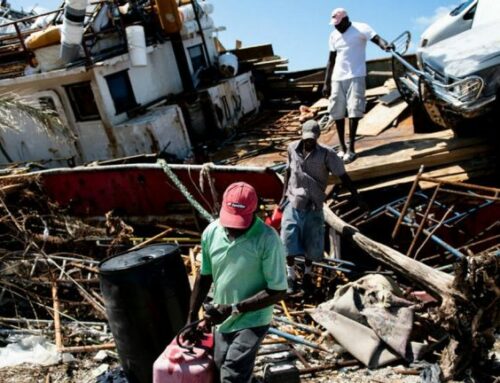Whether your company is a new start up, just getting off the ground, or an established brand name, with years of experience in your field, chances are you will have to write a press release at some point in the future.
A press release is an official statement from your company, sent to media outlets in order to inform them about something that is happening within the business. This can be anything from exciting staffing news to corporate expansion to charitable activities of the company. They can also be used to address any negative press that your business may have received.
Although a useful tool, press releases can be hard to get right, with even the most reputable companies still making rookie mistakes. And a lot of these mistakes have to do with journalistic practice.
DO put the most important piece of information first. Chances are you have felt the frustration of having your time wasted scrolling through a friend’s mile long Facebook status trying to find the point of all that rambling. This is the exact same feeling that journalists get when reading a drawn-out press release. It is also the feeling that makes them less likely to publish your information, especially if they can’t find it in the first place.
DON’T forget to include named quotes. For journalist, it is important to have authoritative sources to attribute information to. Yes, they can attribute the information to ‘a company spokesperson’ however by including a quote or two from high up officials in the company this helps to add validity and importance to the story.
DO include images. There is a well-known saying about pictures. And it’s well-known for a reason: IT’S TRUE. Journalists prefer to have pictures or video, for those working in broadcast media, to help illustrate their reports because this makes this more interesting for their readers.
DON’T rely on spell check. Computer errors and human errors go hand in hand, especially when you are rushing to meet a print deadline. But no one is going to except that excuse for not knowing the difference between there and their. Get at least two pairs of eyes (preferably not tired) to look over your work to help prevent school boy mistakes.
DO localize the information. Journalists are always looking for the local angle for their stories because this is what their audience are looking for. Make it obvious why their audience would want to know what you have to say. Supporting a LOCAL charity? Inspired by the NATIVE flora and fauna? Celebrating the HOME-GROWN success stories? Say that!
DON’T leave out background information. This is especially true for new businesses (although established companies shouldn’t disregard this either). By knowing the background information of the company, journalists are able to understand why your company is passionate about what you’re discussing and therefore communicate this to their audience.
The most important thing to remember for press releases is to keep it interesting, keep it relevant and keep the journalist happy.





